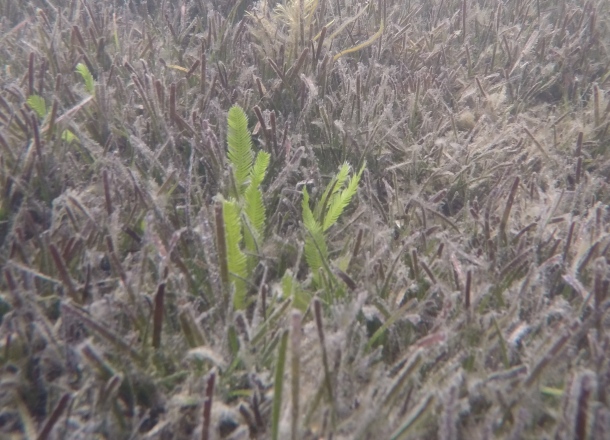WATERWAY users of Lake Macquarie are being encouraged to keep a look out for the marine pest Caulerpa taxifolia (Caulerpa), following a confirmed detection of the noxious marine vegetation at Green Point near the town of Belmont.
Department of Primary Industries (DPI) Strategy Leader Aquatic Biosecurity, Melissa Walker said the Department is now investigating the extent of the detection.
“This recent detection was reported by a concerned member of the public and initial investigations have revealed approximately 100 metres of shoreline at Green Point is affected by the marine alga Caulerpa.” Ms Walker said.
“The DPI is monitoring the situation and will work closely with the relevant government agencies and lake users to help prevent further spread.”
Ms Walker said DPI has been monitoring Caulerpa populations in NSW since 2000.
“In this time, extensive scientific research has demonstrated that while Caulerpa can alter the biodiversity of an affected area, it can actually co-exist with native seagrasses,” Ms Walker said.
“Caulerpa’s main effects are to change previously un-vegetated areas to vegetated, with subsequent effects not that dissimilar to the effects of native seagrasses.”
Caulerpa can spread easily through natural events such as currents and storms or by fishing and boating activities.
“Lake users play an important role in preventing further spread of the algae to other waterways,” Ms Walker said.
“Propellers and anchors can cut fragments of the alga into small pieces which, if translocated, can establish in new areas.
“Fragments of Caulerpa that end up on fishing gear, nets or anchor can remain viable for days and may be spread to new areas if not washed off with freshwater.”

Caulerpa can be identified by the light to bright green feather-like fronds that are attached to a main stem that runs along the ground.
Caulerpa has previously been detected in Lake Macquarie, and has been known to occur in 14 estuaries from Lake Macquarie in the north to Wallagoot Lake in the south. Caulerpa is native to tropical areas of Australia.
Lake users who suspect Caulerpa should report it by calling the 24 hour hotline 02 4916 3877 or email aquatic.pests@dpi.nsw.gov.au.

















